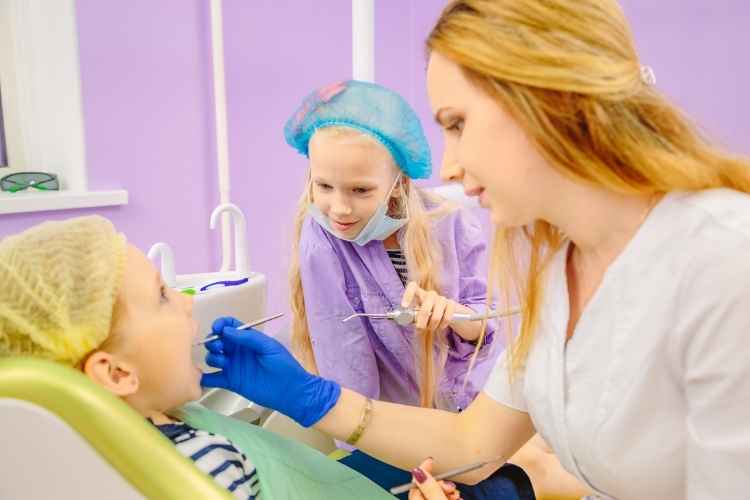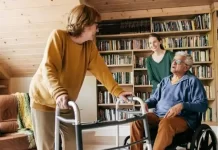While some parents mistakenly believe that children and adults suffer from entirely different psychological conditions, all humans share the same spectrum of mental health problems. Because children’s brains are still developing, however, the way their behaviors change when experiencing anxiety can be quite different from adults. Here’s how to identify anxiety in children and how to help high school students with anxiety.
Adult Anxiety vs Child Anxiety
Although children and adults have the same range of emotions, children may experience emotions very strongly, resulting in seemingly random outbursts of intense emotion. While this can sometimes be entertaining for parents, it can also provide insight into what children are going through.
The primary difference in the way adults and children behave when anxious is that adults can often interpret and understand their thoughts and behavior as anxious where children cannot. Because children are so new at reading their own sensations, they are unlikely to be able to express even the most obvious ones. Instead, they act out.
Is Your Child Anxious?
Many of the symptoms of anxiety in children are the same as those seen in adults, just more pronounced. If you are having difficulty differentiating signs of a problem from normal behavior in your child, try observing them over an extended period. ADHD, a related condition, can be diagnosed with a boy or girl ADHD checklist. Clear signs to look for include:
- Fidgeting or moving constantly
- Difficulty sleeping
- Lack of concentration
- Reduced appetite
- Irritability or anger
- Nightmares
As an adult, you are probably aware that your emotions come and go, even if it sometimes feels like they don’t. Children tend to see their emotions as reality. This can make combatting anxiety in children frustrating, but young people are highly resilient and respond well to therapy, healthy activities, and safe, over-the-counter medications.
Anxiety Through Development
As children age, they tend to spend a lot more time with their friends, teachers, and classmates than with their parents and family. Although this can make it harder to tell when they are having an episode of acute anxiety, they may become better at understanding their own emotion over time. This is why it is important to develop a dialogue with children on the importance of mental health.
When talking to your kids, you should strive to create a non-judgemental atmosphere. Kids who feel uncomfortable discussing their problems with you may turn to others to dissipate their stress. In some situations, they may copy the unhealthy behaviors of their peers. Kids who have a safe place at home to discuss troubles, on the other hand, are more likely to develop healthy coping mechanisms.
Anxiety is complicated because it can manifest itself in so many different ways. It can even be a sign of a positive change. When it is allowed to persist, however, it can result in serious health problems, immune system suppression, and poor coping. If you have noticed signs of anxiety in your child, do your best to encourage healthy behaviors. Additional over-the-counter medications like Brillia can help too. See where to buy Brillia and remember to be open and supportive.























